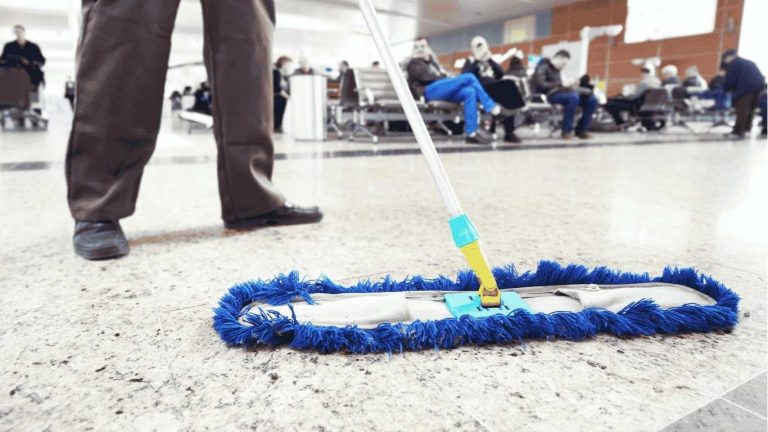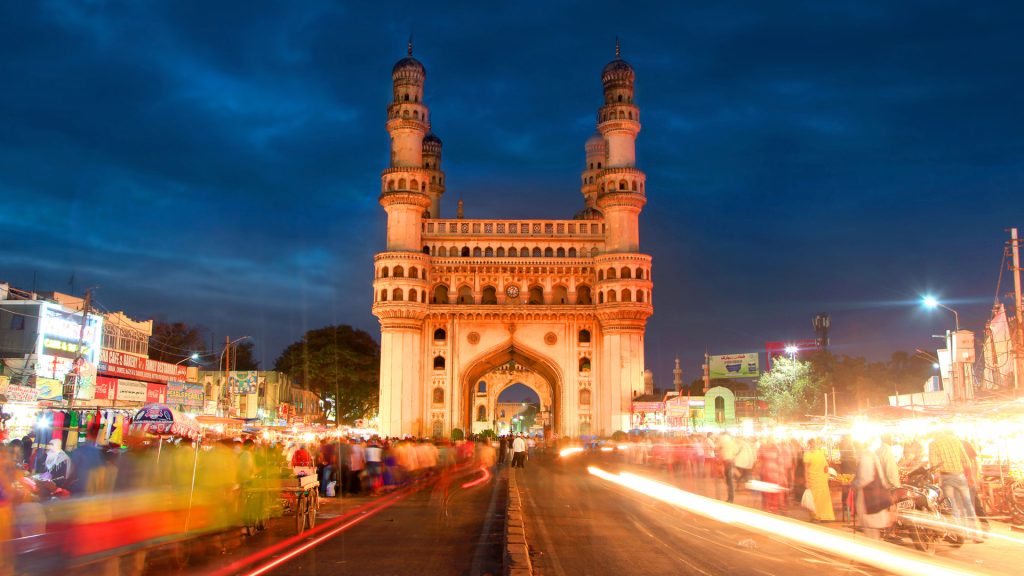Airports are the gateways to a country—representing its culture, efficiency, and hospitality. For millions of travelers, the first impression of a nation begins the moment they step into its airport. Therefore, maintaining cleanliness and hygiene is not just a matter of appearance; it reflects the overall management and professionalism of the airport authorities. A neat and clean airport ensures safety, comfort, and a positive travel experience for passengers and staff alike.
Importance of Cleanliness in Airports
Maintaining a clean airport is essential for several reasons. Airports handle thousands of people every day, which makes them high-traffic zones prone to dirt, germs, and clutter. Cleanliness impacts passenger satisfaction, health and safety, airport operations, and even international reputation.
A clean airport sends a strong message—it shows that the management prioritizes the well-being of travelers and is committed to providing a pleasant environment. On the other hand, a dirty or disorganized airport creates discomfort and can lead to health risks, flight delays, and poor passenger reviews.
1. Health and Hygiene for Passengers and Staff
Airports are enclosed spaces with constant human movement, making them hotspots for bacteria and viruses. Maintaining airport hygiene is crucial to preventing the spread of infectious diseases. High-touch areas such as check-in counters, baggage claim sections, restrooms, and seating zones must be disinfected regularly.
When proper airport cleaning services are in place, the risk of contamination and illness decreases significantly. Clean air ventilation, sanitized restrooms, and disinfected floors create a safe environment for passengers, crew members, and airport staff.
2. Passenger Comfort and Experience
A traveler’s experience at the airport can make or break their entire journey. Clean restrooms, shining floors, and well-maintained lounges make passengers feel valued and comfortable. A pleasant environment also helps reduce travel stress, especially for those on long flights.
In today’s competitive travel industry, passenger satisfaction is a top priority. Airports that maintain high cleanliness standards often receive higher ratings and attract more travelers. Clean surroundings also contribute to a more relaxed atmosphere, improving customer mood and cooperation during security or boarding procedures.
3. First Impressions Matter
For international travelers, an airport is often their first glimpse of a country. A spotless, well-organized airport reflects positively on the nation’s image. It communicates discipline, hospitality, and efficiency.
When visitors arrive at a clean airport, they feel confident about the country’s infrastructure and management. On the contrary, an untidy, poorly maintained airport can create negative impressions, affecting tourism and business relations.
4. Safety and Operational Efficiency
Cleanliness in airports isn’t just about aesthetics—it’s directly linked to safety and functionality. Dirt, spills, or clutter on floors can cause slips or accidents. Proper maintenance ensures that pathways, escalators, and terminals remain safe for passengers and employees.
Additionally, cleanliness supports smooth airport operations. A well-maintained environment ensures equipment runs efficiently, restrooms remain functional, and lounges stay organized. When the surroundings are clean, staff can focus better on their tasks, leading to improved efficiency.
5. Environmental Responsibility
Modern airports are adopting eco-friendly practices as part of their sustainability goals. Using green cleaning products and waste management systems not only keeps the environment clean but also reduces pollution.
An airport that emphasizes cleanliness and environmental care demonstrates responsibility toward the planet. Sustainable cleaning practices—such as recycling waste, using biodegradable materials, and minimizing chemical use—enhance both the image and operational standards of the facility.

6. Enhancing Brand Reputation.
Every airport is a brand in itself, and cleanliness is a major factor in brand perception. Airports that invest in professional cleaning services often rank higher in customer satisfaction surveys and global rankings.
For instance, airports like Singapore Changi or Dubai International are consistently rated among the world’s best—not only for their facilities but also for their exceptional cleanliness. Maintaining a spotless environment builds trust and loyalty among travelers, who are more likely to recommend or revisit clean and organized airports.
7. Compliance With International Standards.
Most international airports must adhere to strict health, safety, and sanitation guidelines set by organizations like ICAO (International Civil Aviation Organization). Regular inspections ensure compliance with global airport standards.
Professional cleaning companies help airports maintain these standards by performing deep cleaning, surface disinfection, waste management, and air purification. Non-compliance can lead to penalties, reputational damage, or even operational restrictions. Thus, maintaining cleanliness isn’t optional—it’s a mandatory requirement.
8. Role of Professional Airport Cleaning Services
Given the size and complexity of airports, maintaining cleanliness manually is nearly impossible. This is where airport cleaning companies in Dubai, like Al Jawab Deep Clean, come in.
Professional cleaning services provide trained staff, advanced equipment, and environmentally safe cleaning products to ensure consistent hygiene across all airport zones. From passenger terminals and restrooms to baggage areas and runways, every section is cleaned with precision.
Hiring a professional cleaning company ensures round-the-clock cleanliness, better resource management, and compliance with safety protocols—allowing airport authorities to focus on core operations.
9. Areas That Require Special Cleaning Attention.
Certain parts of an airport demand more frequent and specialized cleaning. These include:
Restrooms and Shower Areas – Need constant disinfection.
Baggage Claim Zones – High-touch areas that require regular sanitization.
Waiting Lounges and Food Courts – Must be free from spills, litter, and odors.
Security Checkpoints – Equipment and trays need consistent cleaning.
Air Ventilation Systems – Require periodic maintenance to ensure air quality.
By targeting these areas, airports can maintain cleanliness and promote public health safety effectively.
10. Cleanliness and Customer Loyalty
Passengers naturally prefer airports that are clean and well-organized. A hygienic environment gives travelers confidence, making them more likely to choose that airport again for future trips. Clean airports also attract more airlines, partners, and commercial tenants, boosting the airport’s profitability.
Therefore, cleanliness not only benefits passengers but also directly influences the airport’s long-term success and customer retention.
Conclusion
Maintaining a neat and clean airport is not just a necessity—it’s a responsibility. A hygienic airport ensures health safety, enhances passenger experience, supports operational efficiency, and builds a strong reputation globally.
By investing in professional airport cleaning services, airports can maintain world-class standards and create a welcoming environment for travelers from every corner of the globe. Cleanliness truly defines the quality of an airport—and ultimately, the pride of a nation.
View More: Travel Agency scam in Bangladesh



